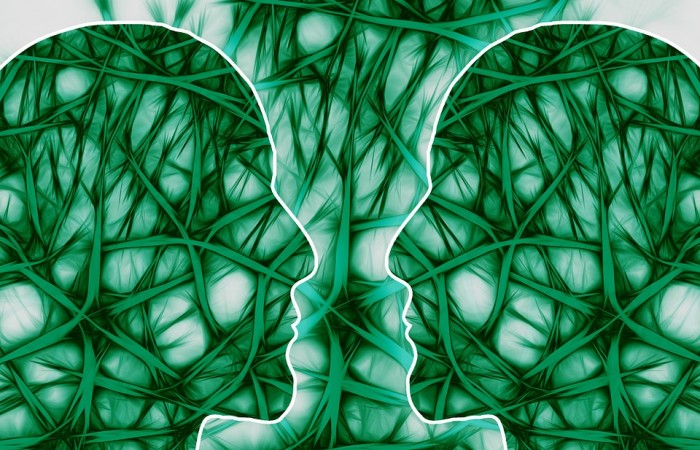Human Factors in Regenerative Networks
June 7, 2016 4 Comments
re·gen·er·a·tion
rəˌjenəˈrāSH(ə)n/
Renewal, revival, restoration; spiritual transformation; an aspect of living systems without which there would be no life; a process through which whole new organisms may be created from fractions of organisms; an adaptive and evolutionary trait that plays out at different systemic levels.
Readers of this blog know that at IISC we do not see building networks simply as a tactic, rather networks are more fundamental as structures underlying healthy living systems (ecosystems, human communities, economies, etc.). This is especially true when there is focus on the regenerative potential of social-ecological networks. That is, in paying attention to qualities of diversity, intricacy and flow in network structures, people can support systems’ ability to self-organize, adapt and evolve in ways that deliver vitality to participants and to the whole.
In my conversations with the Research Alliance for Regenerative Economics, we have been developing a list of design principles for and indicators of the human factors in healthy (regenerative) networks. Here is a working list of 12 and readers are invited to offer adjustments, additions, and comments:
- Connectedness – Are the various systems and sub-systems sufficiently connected to themselves and to one another to facilitate overall health and wholeness? Where might the connections need to be strengthened?
- Equity – Is there an acknowledgement of “social situated-ness” as contributing to different starting points for people in various systems, and the necessity for differential interventions to create more equitable opportunities and outcomes?
- Distribution of power/Democracy – Related to the above, is power distributed in such a way that facilitates equitable, dynamic and timely development?
- Information flow/Transparency – Does good information (feedback, new ideas) flow fluidly through the various systems in efficient ways, such that people can learn, develop, and make decisions effectively? Is this information freely available to and generated by all and not horded by certain parts of the system(s)? This is both about the quality of the information and the quality and quantity of conduits.
- Shared resources – In addition to information, is there sufficiency in terms of other resources moving through the system(s), including money, materials, etc? And is there equitable opportunity to define and determine resources?
- Collaboration and cooperation – Is there sufficient joint work taking place within and between different parts/nodes within the system(s)?
- Self-organization – Is the system set up in a way that supports self-organization and initiative in various parts of the system, that cuts out bottle necks and unnecessary dependencies?
- Diversity – Is there sufficient diversity of input and participation within the various systems that ensures a wide range of perspectives and strategies to support resilience and innovation?
- Shared responsibility – Is there an overall shared sense of responsibility for contributing to the health of the system on the part of diverse and key participants?
- Creativity/Innovation – Is there a willingness to take risks, to test novelty, and support for and valuing of these efforts?
- Humility/Learning orientation – Do people understand the limits of their understanding and fundamental interdependence with one another and ecological systems? Grounded in this humility, are they still willing and able to explore and responsibly explore boundaries and combination of systemic elements to find new possibilities? Do people demonstrate a growth as opposed to a fixed mindset?
- Love – The systems biologist Huberto Maturana has defined love as the ability to “see the other as a legitimate other.” To what extent do people demonstrate deep caring for and curiosity about “others” – their legitimacy, potential, contributions – including people and other elements of our life support system?
4 Comments
This comment may fit under “shared responsibility” yet I believe it is a fundamental principle. All elements in the nested holons of a living system have a ‘purpose’ or ‘role’. Therefore I would add “understand purpose” as a significant aspect of of regenerative systems thinking. From purpose comes the development of will and an appreciation of the distinct value each entity in the system offers to the whole.
Thanks, Bill!
It is true that nature never dies. This article is much informative and is good to know about nature and human behavior. Mediation also plays an important role in human nature as I think.
This article is fantastic a lot of research and detail can be seen throughout the article. i appreciate your efforts and one thing I like the most is when there is a complicated term you provide a link through which I was able to familiarize myself with such term.
i want to thank you for sharing such a great information